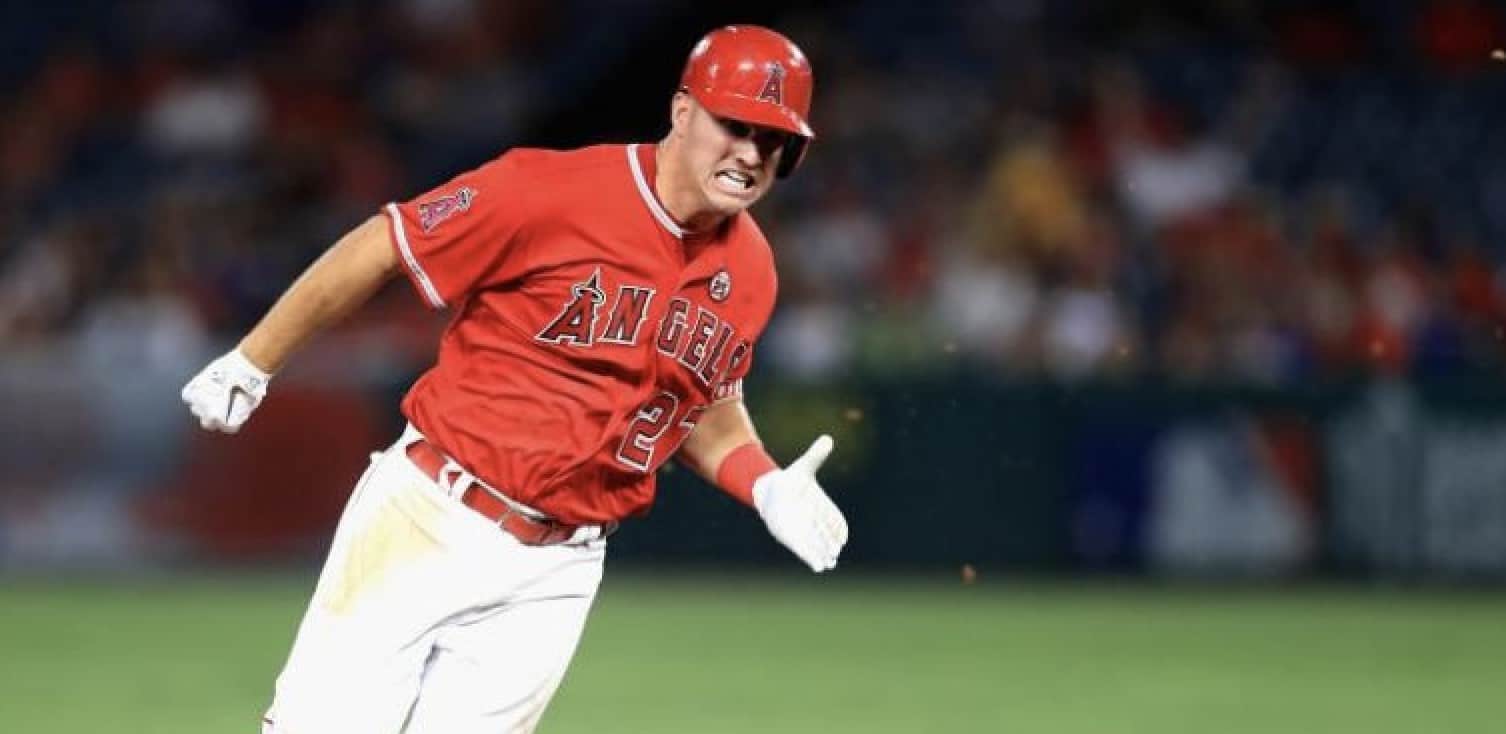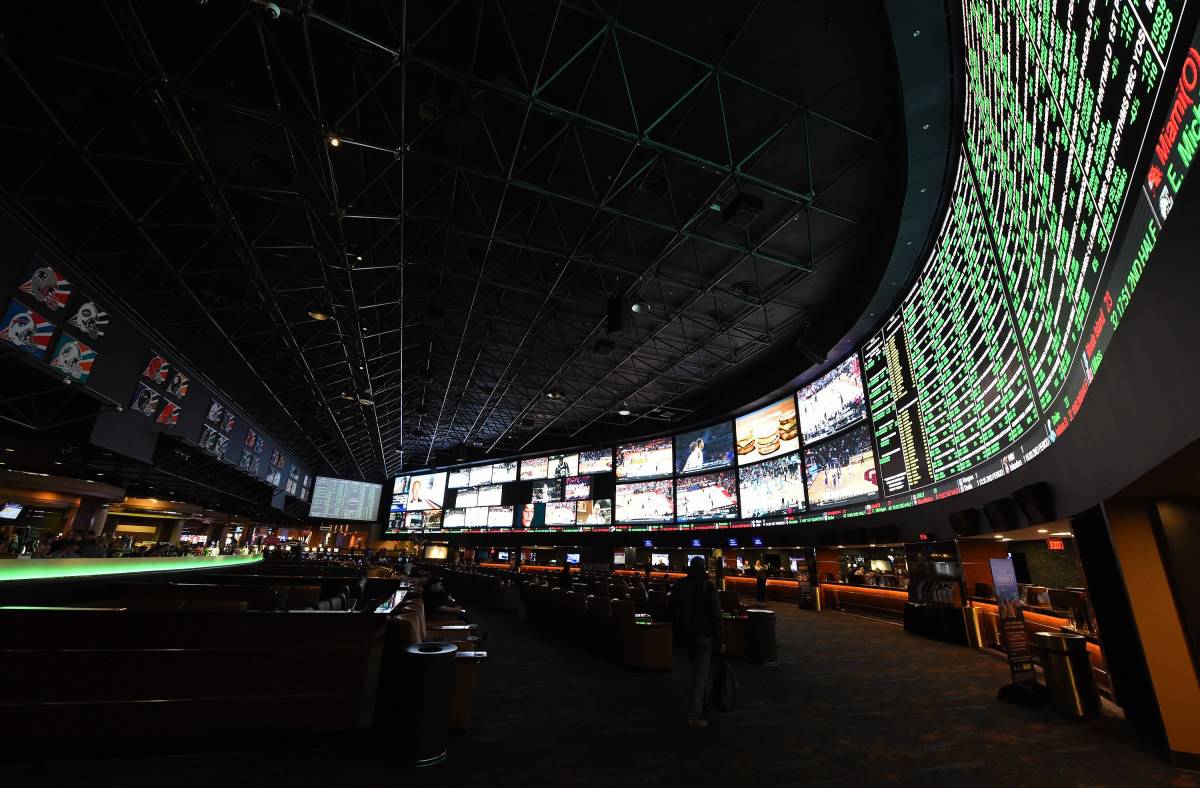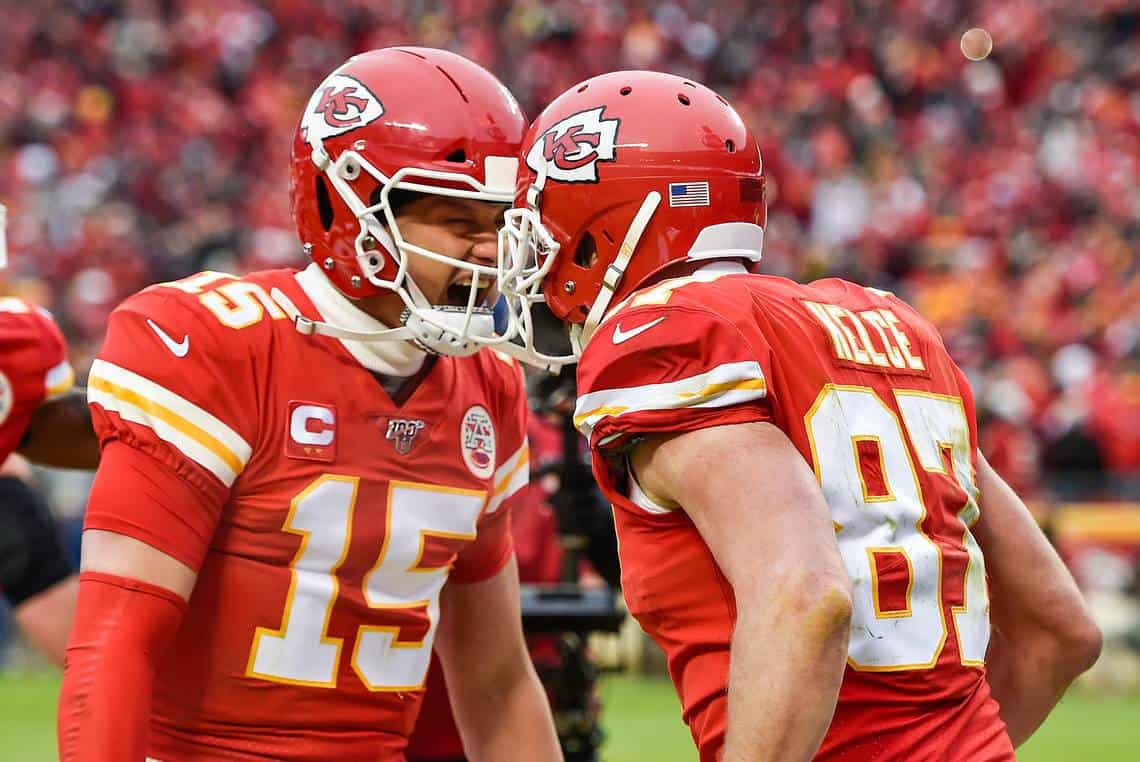New Mexico
Sports Betting in New Mexico
With the arguable exception of Utah, New Mexico is without a doubt the most gorgeous state in the US. The good news is that their citizens enjoy considerably more gambling freedom than their ‘Four Corners’ neighbors in the ‘Beehive State’. Things didn’t start out that way. When New Mexico became a state in 1912 every game of ‘chance or skill’ was prohibited in the state’s original criminal code. Even so, there was abundant ‘underground’ gambling throughout New Mexico.
The timeline of gambling legalization is similar to that seen in many other states. First to gain state approval was parimutuel wagering on horse racing. This isn’t a surprise—horse racing was likely the most popular sport in the country during the first half of the twentieth century. New Mexico has a long history with horses and racing. The state has one of the highest horses per person ratios in the US and wherever you find horses you’ll find racing in one form or another. New Mexico legalized parimutuel betting in 1947 and the same year Ruidoso Downs opened for racing. Racing had been held on the location since the early 1940’s with betting ranging from tens of thousands of dollars to ‘a bag of oats’. Ruidoso Downs is located midway between Albuquerque and El Paso, Texas and is something of an undiscovered gem among US horse tracks. The track holds some thoroughbred racing but it is the marquee venue in quarter horse racing. It has hosted the richest event in quarterhorse racing—the All American Futurity since 1959. Relative to most of the country, horse racing is doing well in New Mexico and live events are held at several other tracks including Zia Park, Albuquerque Downs, Sunland Park and Sunray Park.
Gambling in New Mexico would progress slowly for the next few decades. Aside from a bit of minor legislation allowing low stakes charity bingo nothing much happened until the 1980s. Like many other states, it was Native American tribes that ‘pushed the envelope’. Tribes began offering bingo games in the 1980 but it was the Federal Indian Gaming Act of 1988 that started the current wave of gambling legalization. The state negotiated compacts with tribes but the fundamentalist religious zealot that was then governor—a guy named Bruce King—refused to sign them. In a rare instance of a politician getting what he deserves he was voted out and is replacement, Gary Johnson, signed an agreement in 1995 allowing the full spectrum of casino games including Class III slots, table games and poker. As part of the agreement, New Mexico horse racing tracks received permission to offer slots and video poker. One year later, the state launched the New Mexico Lottery.
Today, gambling of all forms is thriving in New Mexico. In 2011, approval was given for casinos on non-tribal land though this segment of the market has been slow to develop. There are approximately 23 Native American casinos in the state. Along with the slots at the racetracks they have over 17,000 slot machines but only 93 table games. The product mix at most casinos is heavily tilted toward slots but you can find some video poker machines as well. The lottery is also thriving with a mix of draw and instant scratch off games. At the time of this writing, there has been no official move to add sports betting to the mix but given the general receptiveness toward gambling of other types this could happen quickly.
Sports Betting in Albuquerque
Is Albuquerque, New Mexico the next great casino gambling destination? That might be a bit of a stretch but the Albuquerque/Santa Fe area is the epicenter of New Mexico’s booming casino gambling industry. Kind of a surprise given the history of the state. When New Mexico gained statehood in 1912 one of the first orders of business was to outlaw all ‘games of chance’ in the original criminal code. Since that point, the timeline of gambling legalization is similar to that seen in many other states. First to gain state approval was parimutuel wagering on horse racing. This isn’t a surprise—horse racing was likely the most popular sport in the country during the first half of the twentieth century.
New Mexico has a long history with horses and racing. The state has one of the highest horses per person ratios in the US and wherever you find horses you’ll find racing in one form or another. New Mexico legalized parimutuel betting in 1947 and the same year Ruidoso Downs opened for racing. Racing had been held on the location since the early 1940’s with betting ranging from tens of thousands of dollars to ‘a bag of oats’. Ruidoso Downs is located midway between Albuquerque and El Paso, Texas and is something of an undiscovered gem among US horse tracks. The track holds some thoroughbred racing but it is the marquee venue in quarter horse racing. It has hosted the richest event in quarterhorse racing—the All American Futurity since 1959. Relative to most of the country, horse racing is doing well in New Mexico and live events are held at several other tracks including Zia Park, Albuquerque Downs, Sunland Park and Sunray Park.
Gambling in New Mexico would progress slowly for the next few decades and nothing much happened until the 1980s. Like many other states, it was Native American tribes that ‘pushed the envelope’. Tribes began offering bingo games in the 1980 but it was the Federal Indian Gaming Act of 1988 that started the current wave of gambling legalization. The state negotiated compacts with tribes but the fundamentalist religious zealot that was then governor—a guy named Bruce King—refused to sign them. In a rare instance of a politician getting what he deserves he was voted out and is replacement, Gary Johnson, signed an agreement in 1995 allowing the full spectrum of casino games including Class III slots, table games and poker. As part of the agreement, New Mexico horse racing tracks received permission to offer slots and video poker. One year later, the state launched the New Mexico Lottery.
Today, gambling of all forms is thriving in New Mexico. In 2011, approval was given for casinos on non-tribal land though this segment of the market has been slow to develop. There are approximately 23 Native American casinos in the state. Along with the slots at the racetracks they have over 17,000 slot machines but only 93 table games. The product mix at most casinos is heavily tilted toward slots but you can find some video poker machines as well. The lottery is also thriving with a mix of draw and instant scratch off games. At the time of this writing, there has been no official move to add sports betting to the mix but given the general receptiveness toward gambling of other types this could happen quickly.
There are currently six casinos in operation in Bernalillo County with another eight in nearby Sandoval and Santa Fe Counties. Although as noted above, the product mix is heavily tilted toward slots many properties have table games, live bingo and live poker. With the exception of the five parimutual racing facilities in the state all of the casino gambling in New Mexico is under the auspices of various Native American tribes. If that’s not enough gambling it’s just over two hours to the Arizona border and even more casino options. For the really ambitious, it’s just an eight hour drive to Las Vegas, Nevada or a quick 90 minute nonstop flight. A half dozen nonstop flights and numerous flights connecting through Phoenix or LAX leave Albuquerque’s ‘International Sunport’ airport every day with round trip tickets available for around $200.



